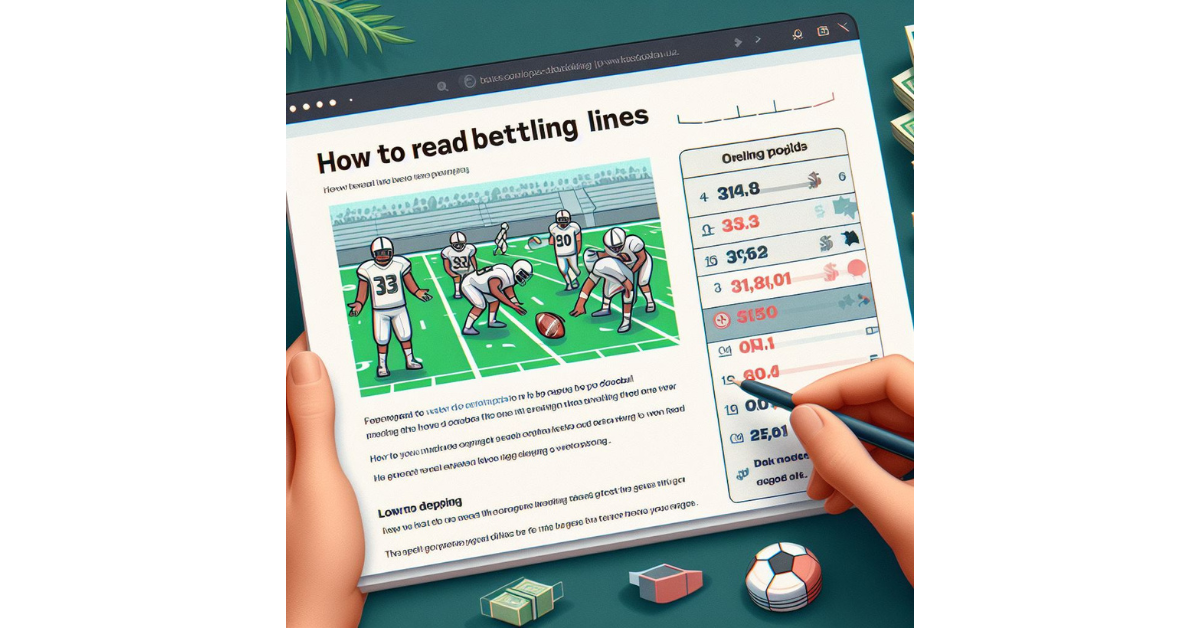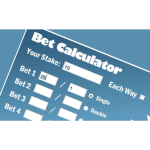Understanding the Terminology
When delving into the world of sports betting, it is crucial to familiarize yourself with the terminology used in the industry. Terms such as “point spread,” “moneyline,” “favorite,” and “underdog” are commonly used and essential to understand before placing any bets. The point spread refers to the number of points by which the favored team must win to cover the spread, while the underdog can lose by that many points or win the game outright to cover the spread.
Furthermore, the moneyline represents the odds on a team winning a game outright, with negative values indicating the favorite and positive values denoting the underdog. Being able to decipher these terms accurately can significantly impact your betting strategy and overall success in the realm of sports betting. It is advisable to invest time in comprehending these fundamental concepts to make informed decisions when placing bets on sports events.
Researching the Teams
Before placing any bets on a sports event, it is crucial to thoroughly research the teams that will be competing. This involves delving into their recent performances, team statistics, key player injuries, and head-to-head matchups. By examining these factors, bettors can gain valuable insights into the strengths and weaknesses of each team.
Analyzing past performances can provide a clearer picture of a team’s form and potential for success. Looking at trends in scoring, defense, and overall gameplay can help bettors gauge the overall performance level of a team. Additionally, assessing how teams have fared against each other in previous meetings can offer valuable information on potential outcomes.
Identifying the Favorite and Underdog
When looking at sports betting odds, it is important to recognize the favorite and underdog in a match-up. The favorite is the team expected to win the game, often indicated by a minus sign before their odds. On the other hand, the underdog is the team predicted to lose, typically shown with a plus sign preceding their odds. Understanding these designations is crucial when placing bets, as they reflect the perceptions of the teams’ performance and likelihood of victory.
Identifying the favorite and underdog can provide valuable insights into the dynamics of a sports event. Favorites are generally considered the stronger team, with a higher probability of winning according to oddsmakers. Conversely, underdogs are seen as having lower chances of success, making them riskier but potentially more rewarding picks for bettors. By recognizing these distinctions, individuals can make more informed decisions when wagering on sports and better assess the potential outcomes of a game.
Analyzing the Point Spread
When it comes to sports betting, the point spread is a crucial factor to consider. The point spread is set by oddsmakers to create a balanced betting environment by giving the underdog a virtual head start in points. For instance, if a team is listed as the favorite with a -5.5 point spread, they would need to win by at least 6 points to cover the spread. On the other hand, if a team is the underdog with a +5.5 point spread, they could lose by less than 6 points or even win the game outright to cover the spread.
Analyzing the point spread involves evaluating the strengths and weaknesses of each team to determine if the spread accurately reflects the matchup. Factors such as injuries, recent performance, and head-to-head history can all play a role in determining the potential outcome of a game. It’s essential for bettors to do their research and consider all relevant information before making a decision on how to wager on a point spread.
Deciphering the Moneyline
When it comes to deciphering the moneyline in sports betting, it all boils down to understanding the odds associated with each team. The moneyline represents the odds of a team winning the game outright, without considering the point spread. Positive and negative numbers are used to denote the underdog and favorite, respectively.
For instance, if a team has a moneyline of +150, it means a $100 bet on them would result in a $150 profit if they win. Conversely, if a team has a moneyline of -200, you would need to bet $200 to profit $100 in case of a win. It’s important to grasp the implications of these numbers as they reflect the probability of a team winning and the potential payout for a successful wager.















